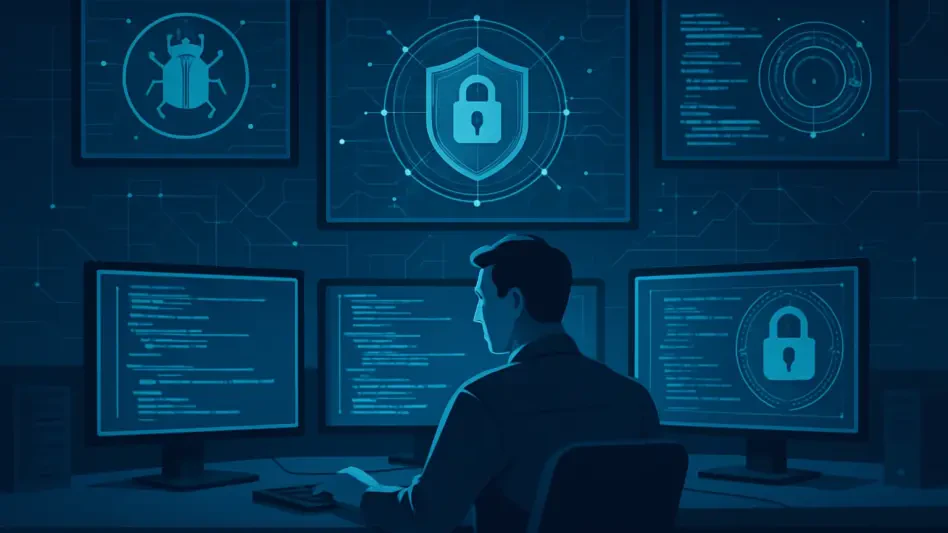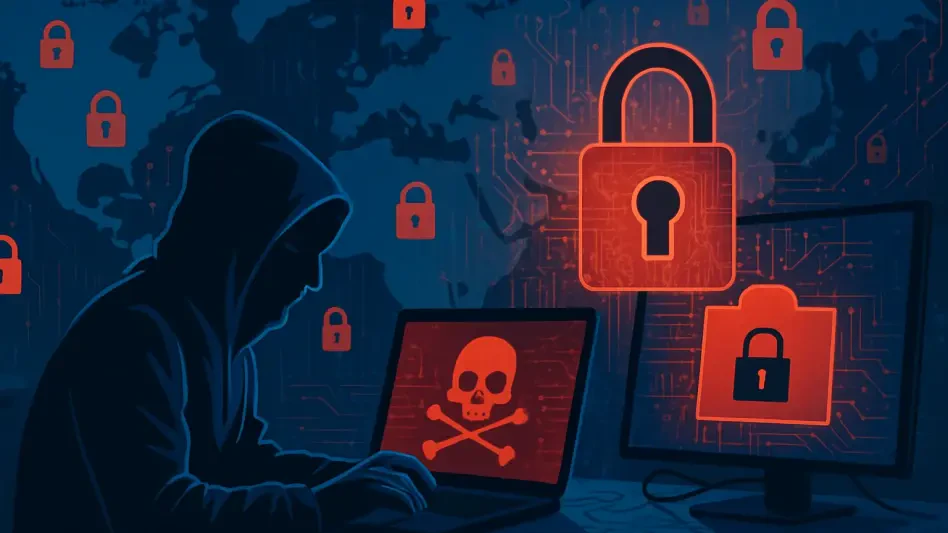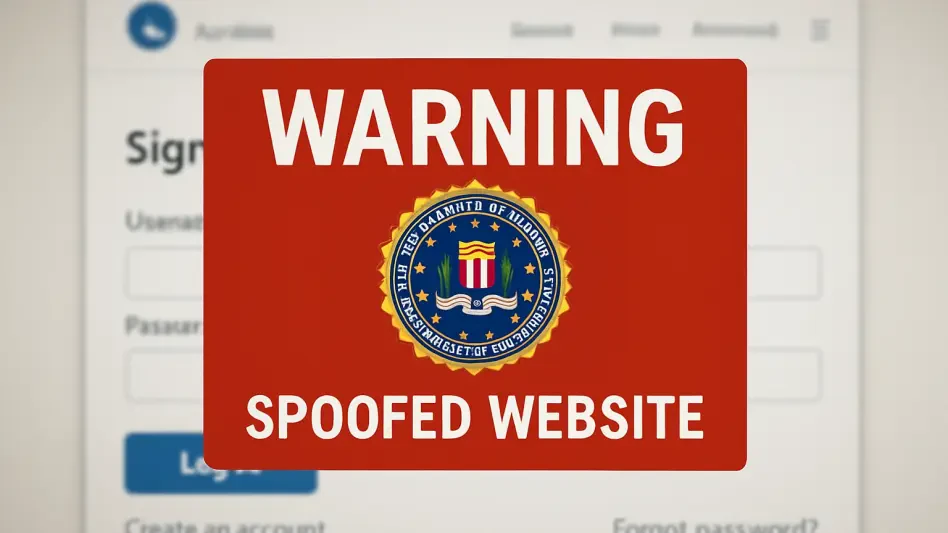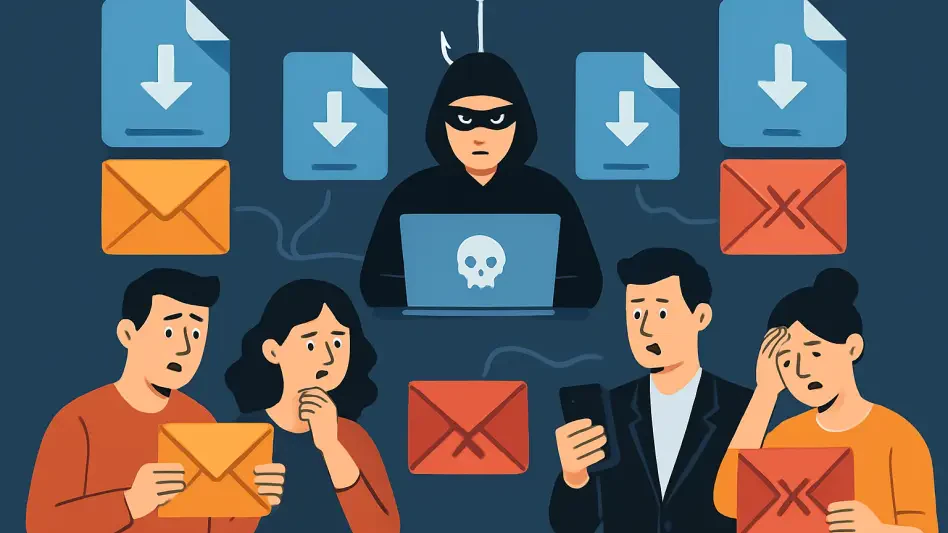In the evolving world of cybersecurity, new threats emerge almost daily, but few are as insidious and sophisticated as the ClickFix phishing campaign observed since March 2025. This cyber onslaught exemplifies a refined approach where attackers deftly combine social engineering techniques with modulated open-source tools. Their goal is to exploit unsuspecting users and gain unrestricted access to Windows systems. In this analysis, we delve into the subtleties of the ClickFix tactic, a method that successfully entices users into running malicious code, thereby granting hackers complete control over compromised systems.
The Initial Phishing Vector
Document Notifications Deception
As the initial entry point, this campaign involves sending targeted emails that cleverly masquerade as urgent document notifications, aiming to lure recipients into immediate action. These emails contain an HTML attachment ambitiously named Documents.html, designed to disharmoniously merge the line between legitimate communication and a sinister ploy. Once opened, the HTML file exhibits a fabricated error message that appears convincing at first glance. This message implores recipients to execute a designated PowerShell command within their terminal as a trusted remedy to rectify a purported technical glitch.
This deceptive approach works effectively against conventional detection methods, leveraging the user’s intrinsic need to resolve an immediate issue. By mixing legitimate-looking prompts with technical jargon, hackers increase the likelihood of user compliance, thus sidestepping advanced protection tools that typically guard against such threats. The infectious PowerShell command ingeniously downloads a malicious script from a rogue SharePoint URL, thereby initiating the first phase of the attack. This script’s ability to evade detection and execute quietly underscores the chilling efficiency of the strategy employed.
Avoiding Sandbox Detection
Once the malicious script is downloaded and executed, it performs advanced anti-analysis checks to ensure it is not being executed within a controlled sandbox environment, employing sophisticated tactics to avoid detection. One such check involves verifying the number of domain computers to ascertain whether the context is a genuine user environment rather than a simulated one. If the check verifies the environment as legitimate, the script persists by deleting specific registry entries to cement its foothold on the compromised device.
Furthermore, the script searches for the existence of pythonw.exe, a signifier of Python installations, and proceeds to download it if not initially present. The presence of pythonw.exe is crucial as it allows the attackers to run a remote Python shellcode loader seamlessly. This multi-layered precaution not only strengthens the attack’s resilience but also showcases the lengths to which threat actors will go to guarantee their payload’s successful deployment.
The Sophisticated Payload Delivery
Execution of Shellcode
The process does not halt with the initial script’s execution; rather, it transcends into a more advanced stage where a remote Python shellcode loader comes into play. This loader, intriguingly partially written in Russian, undertakes memory allocation and execution of shellcode, a nefarious component that initiates the subsequent stages of the attack. One of the critical payloads deployed at this juncture is KaynLdr, a reflective shellcode loader sourced from GitHub. This tool deftly employs techniques like API hashing and direct memory manipulation to load malicious DLLs into the system without leaving conventional disk artifacts, thereby cloaking its malignant intent.
KaynLdr’s reflective capabilities ensure that the shellcode is executed directly in the memory space, bypassing conventional detection mechanisms that rely on file-based monitoring. Such sophisticated methods highlight the ongoing evolution of cyber threats, forcing security professionals to constantly innovate defenses against these advanced attacks. This enhancement in payload delivery techniques signifies a broader trend where malware authors leverage open-source tools for malicious purposes, repurposing them in unforeseen ways to achieve their nefarious objectives.
Command-and-Control Framework
The culmination of the ClickFix phishing campaign is characterized by the deployment of a heavily modified version of the Havoc command-and-control (C2) framework. This framework bears similarities to the notorious Cobalt Strike, a well-documented tool favored by cybercriminals. However, the uniqueness of this particular variant lies in its method of communication, wherein Microsoft Graph API endpoints are utilized to exchange information with attacker-controlled SharePoint files. This clever tactic seamlessly masks malicious activity as legitimate cloud service traffic, thereby flying under the radar of traditional network monitoring systems.
The malware goes a step further by creating specific files within SharePoint’s document library, serving as conduits to send encrypted data and receive commands from the threat actors. Utilizing AES-256-CTR encryption and HTTPS traffic further obfuscates the malicious activity, making it considerably challenging to detect and mitigate. This evolution in the use of cloud services for command and control reflects a significant shift in cyber warfare strategies, exploiting the inherent trust placed in platforms like SharePoint and Office 365.
Implications and Defensive Measures
Exploiting Trust in Cloud Services
The malicious exploits associated with the ClickFix campaign bring to light a concerning exploitation of the trust that organizations and individuals place in cloud service platforms. By leveraging trusted services such as SharePoint and Office 365, cybercriminals successfully evade a variety of security measures typically designed to flag suspicious activity in less reputable contexts. Leveraging over 50 supported commands, the malware facilitates a range of actions, including file exfiltration, lateral movement, and even Kerberos ticket manipulation—underscoring the vast potential for damage.
Necessary Precautions
In the rapidly changing landscape of cybersecurity, new threats surface almost daily, but few are as cunning and intricate as the ClickFix phishing campaign, which has been active since March 2025. This cyber assault showcases a sophisticated approach where cybercriminals skillfully blend social engineering tactics with sophisticated open-source tools. Their primary objective is to exploit unsuspecting users to gain full access to Windows systems. In this evaluation, we examine the nuances of the ClickFix method, a technique that effectively lures users into running harmful code. As a result, it allows hackers to take complete control of compromised computers. This campaign highlights the escalating dangers in the cybersecurity realm and underscores the importance of staying vigilant and informed about emerging threats. By understanding the mechanics of ClickFix, individuals and organizations can enhance their defenses and reduce the risk of falling victim to such advanced phishing strategies.







